Predicting artery plaque rupture



February 2012
Due to lipid build up in artery walls, plaques form that can rupture and cause significant health problems for patients. Researchers at the Baker institute have worked together with MCN to study and predict the likelihood of plaque formation and rupture due to Atherosclerosis in an attempt to prevent it.
Atherosclerosis occurs when lipid steaks infiltrate and build-up in the artery walls, creating a plaque as a result. These plaques can be divided in two distinct types: those that rupture (vulnerable) and those that are less likely to rupture (stable).
In this project, the Nanowizard II AFM was used to determine the elastic properties of the vessels and plaque as well as the topography of the plaque surface. The first results were directly implemented in computational fluid dynamics software. Studying the surface topography then led to the development of models for the boundary conditions along the artery walls. This work will employ a new model in mice, to be used for predicting the formation and properties of vulnerable plaques.
A difficulty in the present approach is working with wet and soft samples. In particular, working with soft samples implies a specific set up for modified cantilevers, in which a sphere is bound to the AFM cantilever (see image above). Tests will be conducted using breast cancer cells to improve this methodology and optimise the conditions for cantilevers. Cantilever optimisation experiments will utilise the cleanroom facility at MCN.


